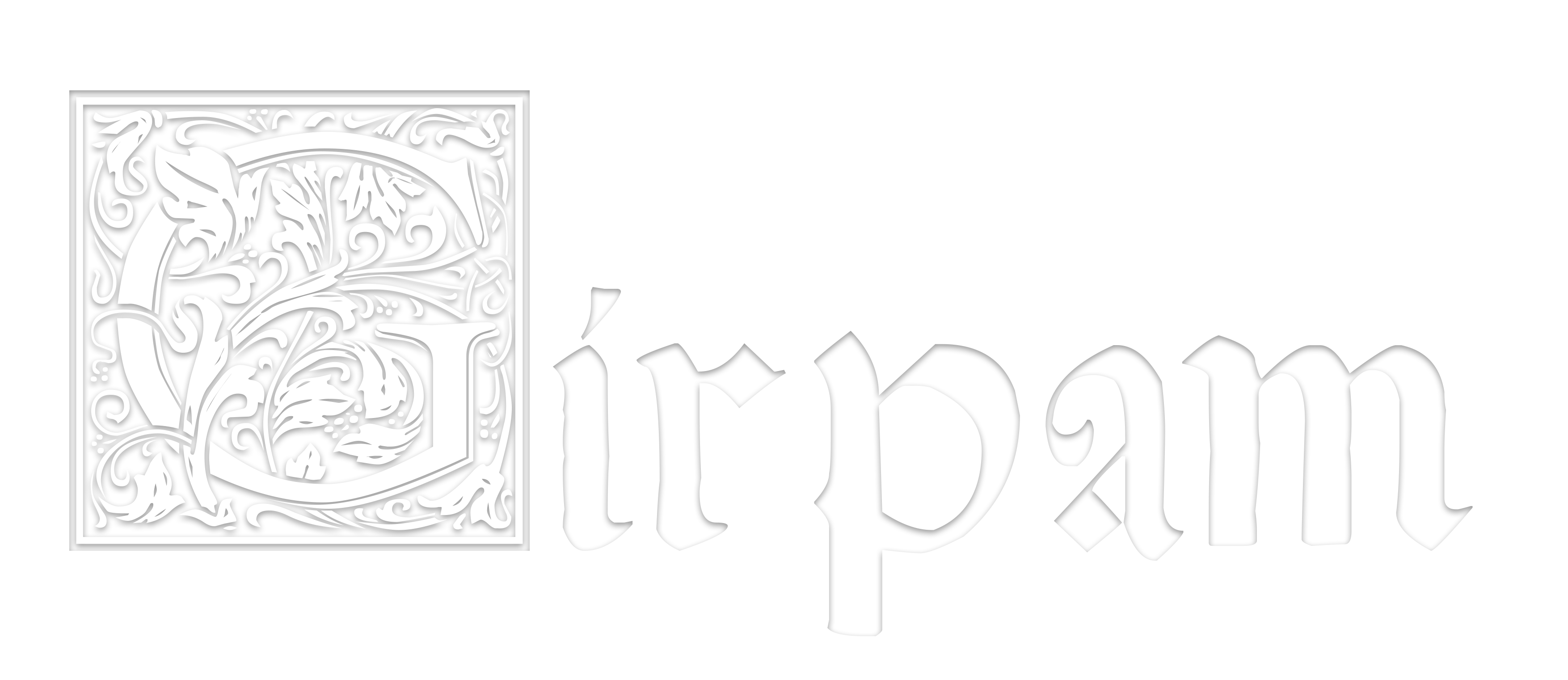Versus ad picturas. Poetic Text and Artistic Image in Late Antiquity and the Middle Ages
Strasbourg, 28-30 Septembre 2022
Voir le site dédié : http://versus-ad-picturas.u-strasbg.fr/index.php/fr/
Scientific Committee: Gianfranco Agosti (Univ. Sapienza, Roma), Doris Behrens-Abouseif (Univ. of London), Bruno Bureau (Univ. Lyon 3), Michele Cutino (Univ. Strasbourg), Stefan Freund (Univ. Wuppertal), Francesco Stella (Univ. Siena), Vincent Zarini (Univ. Paris 4)
The conference Versus ad picturas, conceived within the framework of the research of the international group GIRPAM on Greek and Latin poetry in Late Antiquity and the Middle Ages and in particular the activities of the Gutenberg Chaire 2021-22 on biblical poetry, aims to contribute to the study of the relationship between the images we now call artistic, painted on walls, fabrics, stained glass or parchments, and the verses that often accompany them materially or ideally, and that are now increasingly recognized as indispensable to their cultural understanding and social location.
In recent years this trend, which combines von Schlosser's mythical Quellenbuch with Panosky's iconology, has generated wide-ranging exploratory instruments such as, for late antique and medieval Latinity, the two volumes by Arwed Arnulf Kunstliteratur in Antike und Mittelalter and Versus ad picturas (and a few months ago Francesco Stella's Il testo dell'immagine), while for the Byzantine world it is enough to recall, in addition to the classic The Art of Byzantine Empire: Sources and Documents by Cyril Mango, the volumes of Sources for Byzantine Art History by Cambridge University Press that are still being published and, for poetry, the works of Gianfranco Agosti. But worldwide there is a growing interest in the icon-text (theorised by L. Louvel) as a multiform and joint expression of a unique meaning. In particular, poetic tituli are increasingly considered an irreplaceable testimony to understand the communication and reception of "art" in a period rich in symbolism that often entered the European imagination, but whose meaning has yet to be reconstructed by contemporary patrons and users. From the epigraphs and ekphrases of the Anthologia Graeca to Prudentius' Dittochaeon, from Rusticius Elpidius' Tristicha to the imposing paratextual apparatuses of Carolingian Bibles, from the experiments in visual poetry in Optatianus Porphyrius and Venantius Fortunatus to the sumptuous Carmina figurata of Rabanus Maurus, from Echeardus's narrative inscriptions for Mainz cathedral to the Bibliae pauperum, iconological epigraphy in all medieval languages, from Greek to Latin, from Arabic to Anglo-Saxon, opens up a hitherto almost unexplored approach to the relationship between culture and art in the late ancient and medieval period, which can also help us to better understand the mechanisms of the current relationship between text and image in an age of new iconoclasm.
Voir le programme ici.





